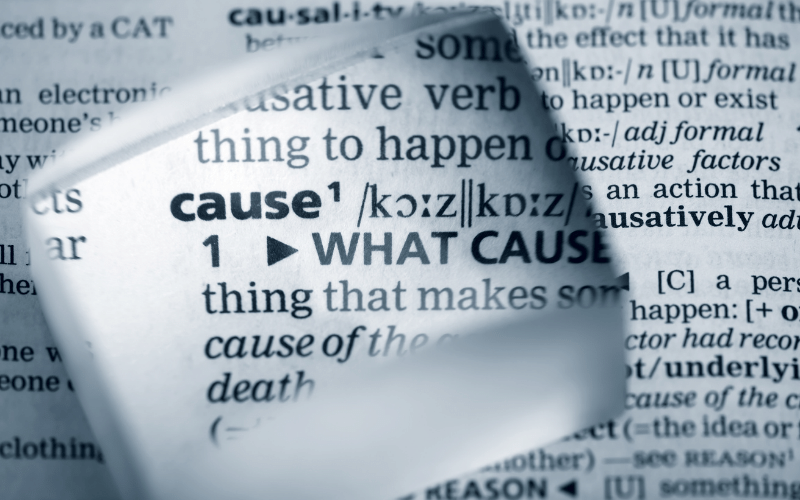Fact 3: Causes of Malocclusion

Malocclusion, while often visible through misaligned teeth, is rooted in deeper, often concealed causes. It’s not always a straightforward issue, and its origins can span from genetic predispositions to external environmental factors. Understanding these underlying reasons isn’t just for curiosities’ sake; it’s integral to effective intervention.
Our DNA plays a more significant role in our dental health than we might think. Genetic factors can predispose individuals to malocclusion. From the size of one’s jaw to the positioning of the teeth, our genes dictate a lot. For some, even if they take all precautions, malocclusion might still be an inevitable outcome due to their genetic makeup.
Beyond genetics, our habits and external factors can play a substantial role in causing malocclusion. Prolonged thumb sucking, use of pacifiers beyond the age of three, or even bottle-feeding for extended periods can lead to dental misalignments. These habits, especially when prolonged, exert pressure on the teeth and jaw, leading to shifts and misalignments.
Accidents and injuries involving the face can lead to malocclusion. A blow to the jaw or any trauma can shift the teeth, leading to a bad bite. Moreover, the premature loss of baby teeth, whether due to decay or injury, can create space, allowing other teeth to move and misalign. (3)